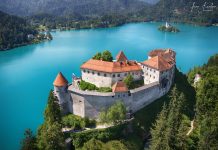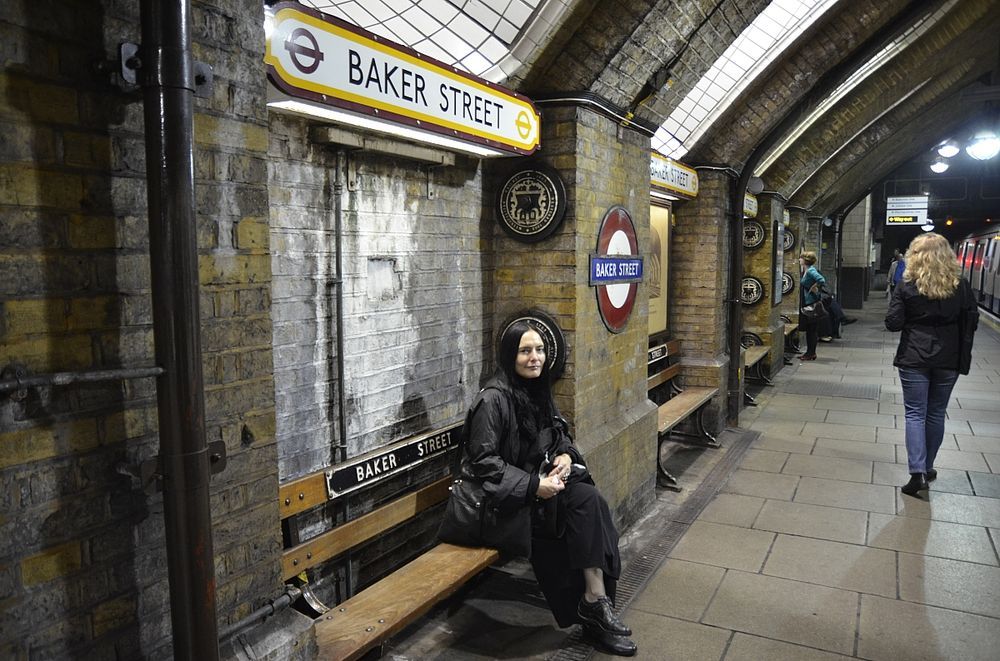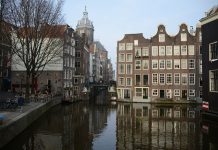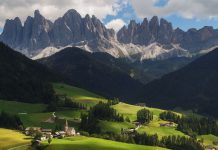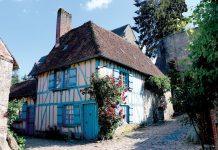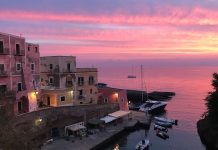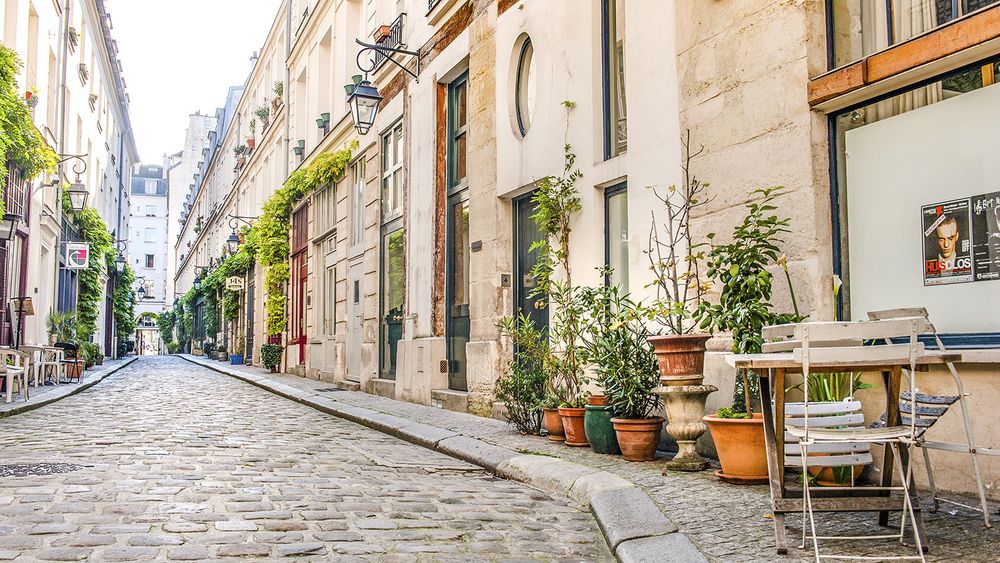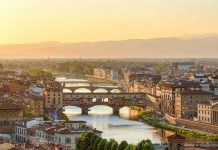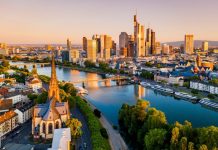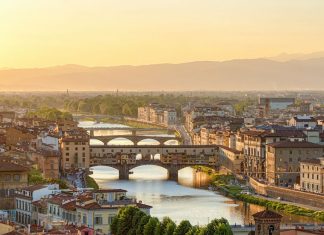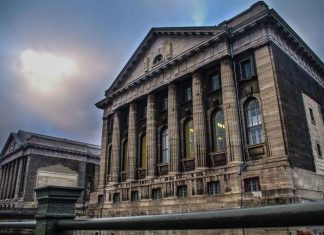It’s little wonder that so many wistful songs have been penned over the years about France’s capital, Paris . Few cities leave the visitor with such vivid impressions, whether it’s the drifting cherry blossoms in the tranquil gardens of Notre-Dame, the riverside quais on a summer evening, the sound of blues in atmospheric cellar bars, or the ancient alleyways and cobbled lanes of the historic Latin Quarter and villagey Montmartre.
Paris has no problem living up to the painted images and movie myths with which we’re all familiar. Indeed, the whole city is something of a work of art. Two thousand years of shaping and reshaping have resulted in monumental building, sweeping avenues, grand esplanades and celebrated bridges. Many of its older buildings have survived intact, having been spared the ravages of flood and fire and saved from Hitler’s intended destruction. Moreover, they survive with a sense of continuity and homogeneity, as new sits comfortably against a backdrop of old – the glass Pyramid against the grand fortress of the Louvre, the Column of Liberty against the Opéra Bastille. Time has acted as judge, as buildings once surrounded in controversy – the Eiffel Tower, the Sacré-Coeur, the Pompidou Centre – have in their turn become well-known symbols of the city. Yet for all the tremendous pomp and magnificence of its monuments, the city operates on a very human scale, with exquisite, secretive little nooks tucked away off the Grands Boulevards and very definite little communities revolving around games of boules and the local boulangerie and café.
Architecturally, the Cathédrale de Notre-Dame, Sainte-Chapelle and the Palais du Louvre , in the city’s centre, provide a constant reminder of Paris’s religious and royal past. The backdrop of the streets is predominantly Neoclassical, the result of nineteenth-century development designed to reflect the power of the French state. Each period since, however, has added, more or less discreetly, novel examples of its own styles – with Auguste Perret, Le Corbusier, Mallet-Stevens and Eiffel among the early twentieth-century innovators. In recent decades, the architectural additions have been more dramatic in scale, producing new and major landmarks, and recasting down-at-heel districts into important centres of cultural and consumer life. New buildings such as La Villette, La Grande Arche de la Défense , the Opéra Bastille , the Institut du Monde Arabe and the Bibliothèque Nationale have expanded the dimensions of the city, pointing it determinedly towards the future.
Paris’s museums and galleries , not least the mighty Louvre , number among the world’s finest. The tradition of state cultural endowment is very much alive in the city and collections are exceedingly well displayed and cared for. Many are also housed in beautiful locations, such as old mansions and palaces, others in bold conversions, most famously the Musée d’Orsay , which occupies a former train station. The Impressionists here and at the Musée Marmottan , the moderns at the Palais de Tokyo , the smaller Picasso and Rodin museums – all repay a visit. In addition, the contemporary scene is well represented in the commercial galleries that fill the Marais, St-Germain, the Bastille and the area around the Champs-Élysées, and there’s an ever-expanding range of museums devoted to other areas of human endeavour – science, history, decoration, fashion and performance art.
Few cities can compete with the thousand-and-one cafés, bars and restaurants that line every Parisian street and boulevard. The variety of style and décor, cuisine and price is hard to beat too. Traditional French food has become increasingly innovative and the many ethnic origins represented among the city’s millions have opened eateries providing a range of gastronomic options for every palate and pocket.
The city entertains best at night, with a deserved reputation for outstanding film and music . Paris’s cinematic prowess is marked by annual film festivals, with a refreshing emphasis on art, independent and international films. Music is equally revered, with nightly offerings of excellent jazz, top-quality classical, avant-garde experimental, international rock, West African soukous and French-Caribbean zouk , Algerian raï , and traditional chansons .
If you’ve time, you should certainly venture out of the city. The region surrounding the capital – the Île de France – is dotted with cathedrals and châteaux as stunning and steeped in history as the city itself – Chartres, Versailles and Fontainebleau , for example. An equally accessible excursion from the capital is that most un-French of attractions, Disneyland Paris.

